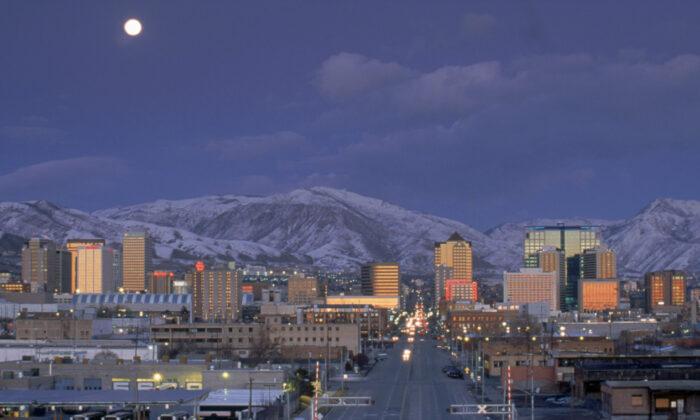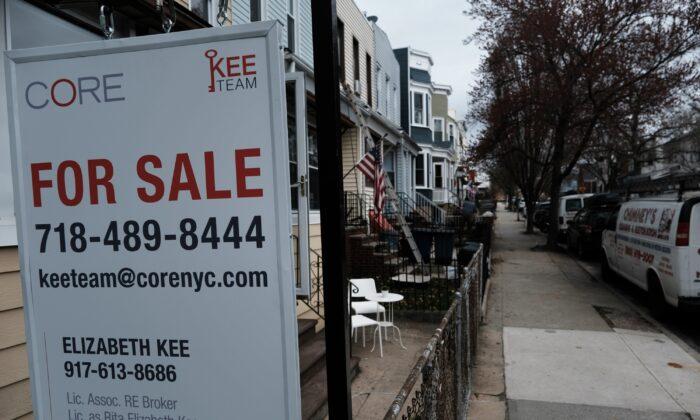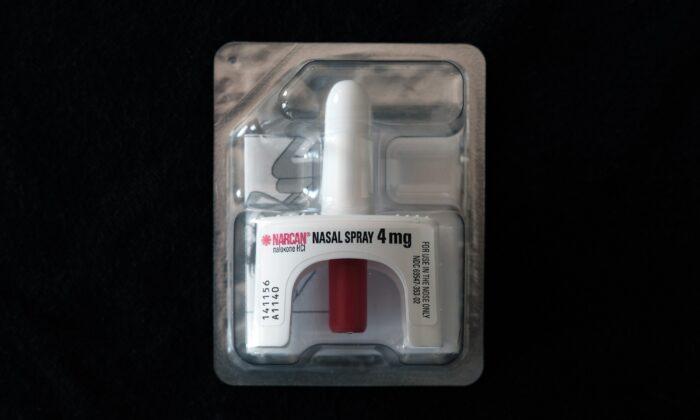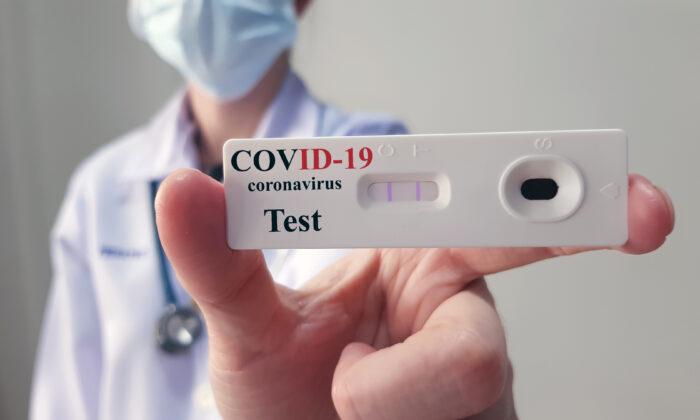Maryland would receive billions of dollars from the Infrastructure Investment and Jobs Act if it is passed by the U.S. House of Representatives and signed into law.
Gov. Larry Hogan, a Republican, has pushed for the bill during his tenure as chairman of the National Governors Association. In a statement, he praised the bill’s Aug. 10 passage by the U.S. Senate.
“This historic bill will grow jobs, expand economic opportunity, and enhance our national security all without raising taxes,” Hogan said. “Its overwhelming and bipartisan passage in the Senate is a testament to the fact that this bill has not been driven by the conventional top-down partisan political process. It was driven by leaders and citizens across the country who have been demanding for years that elected officials in Washington on both sides of the aisle finally take action to address America’s crumbling infrastructure.”
A fact sheet released by the Biden administration outlines how much Maryland would receive for some projects:
The state would receive $4.1 billion over five years to repair roads and highways. Roughly 2,201 miles of highway are deemed to be in poor condition.
An additional $409 million would be awarded to repair or replace the state’s 273 bridges already deemed to be in poor condition. The money is set to be released over a five-year period.
Maryland could compete with other states for an additional $12.5 billion in the Bridge Investment Program and another $16 billion in funds set aside for major projects.
The state would receive $1.7 billion over five years to improve public transportation.
Maryland would receive $63 million as part of a national initiative to expand electric vehicle charging stations throughout the country. An additional $2.5 billion is available and would be awarded based on applications from the states.
Approximately $100 million would be allocated for improved broadband coverage across the state. Nearly 11 percent of the state’s households don’t have an internet subscription and 2 percent live in an area where there is no broadband infrastructure. About 17 percent of Maryland residents would be eligible for a program that helps low-income families afford internet access.
Hogan said he hopes the bill will not get mired in partisan politics.
“As the bill advances, we cannot allow the priorities of the American people to be hijacked by partisan politics or the extremes in the House,” he said. “The overwhelming majority of Americans support this bill and believe it should not be tied to any other legislation.”





